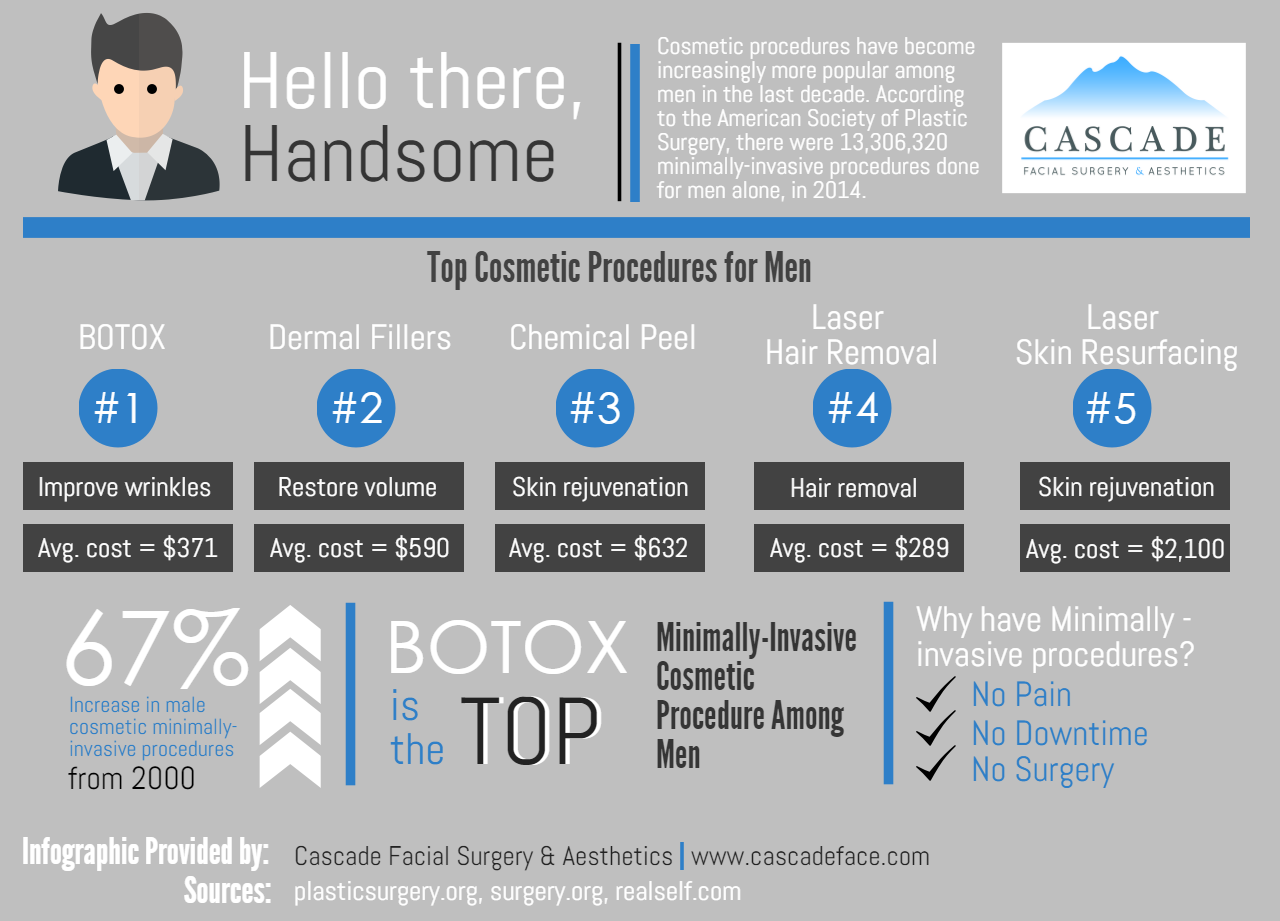Does Shaving Worsen Acne
Does Shaving Worsen Acne
Blog Article
Acne Therapy - What Are AHAs in Acne Therapy?
AHAs are an essential ingredient for unclogging pore blockages and brightening acne-prone skin. They function by breaking down dead skin cell accumulation to advertise newer, fresher cells, and preventing future blockages.
Developing topical AHAs necessitates meticulous focus to different key variables that substantially impact their efficiency and tolerability. Preserving the optimal pH array, together with vehicle option and concentration, intensifies their exfoliative qualities while reducing possible negative reactions.
Glycolic acid
Glycolic acid is understood for its mild yet reliable exfoliating properties, which advertise skin's natural losing and loosen the "adhesive" that holds dead cells on the surface of the skin. This aids unclog pores and decrease the appearance of great lines and wrinkles, along with enhance total skin structure and tone.
Surprisingly, topical glycolic acid has additionally been shown to boost the production of collagen, which is essential in maintaining skin's suppleness and elasticity. It is necessary to note, nonetheless, that because glycolic acid can promote the skin's sensitivity to sunlight, it is vital to use sun block when using any kind of products including this ingredient.
Skin specialists pay mindful attention to the solution of products including AHAs in order to maximize their efficacy and tolerability. Developing AHAs with the appropriate car, in addition to pH and concentration considerations, permits optimal skin penetration while decreasing potential negative responses. This is particularly important for people with sensitive skin, considering that AHAs are recognized to be mildly annoying.
Lactic acid
Lactic acid is discovered in several over the counter skin treatment items and some stronger professional peels and therapies. It has the most affordable molecular weight of all the AHAs and has the ability to penetrate deeper right into the skin, where it is extra effective at unclogging pores and exfoliating.
Like glycolic acid, it likewise boosts collagen synthesis, which aids diminish fine lines and creases and boost skin appearance. Additionally, it has moisture-retention homes, that makes it preferable for drier skin kinds than other AHAs.
The comprehensive body of medical information confirming the efficiency of topical AHAs supports their utility in a large range of skin-related ailments and visual problems. These include intricate skin rejuvenation procedures, attenuation of fine lines and wrinkles, lightening of hyperpigmentation, restorative treatment for actinic keratosis, and acne monitoring [2] Maximizing the solution of AHAs by stabilizing pH, focus, and lorry selection further enhances their therapeutic potential. These careful considerations enable dermatologists to deliver safe and effective treatments that offer exceptional medical results.
Mandelic acid
Mandelic acid, derived from almonds, is another member of the AHA family and is a popular ingredient in products that help deal with acne. Its bigger molecular dimension suggests it passes through the skin a lot more gradually and carefully, which can decrease the capacity for irritation. It's also less most likely to cause soreness and various other skin sensitivity problems, making it suitable for sensitive skin kinds.
Mandelic Acid is believed to help in reducing inflammation and boost hydration. It works by loosening up the bonds in between dead skin cells, enabling them to drop and reveal fresher-looking skin. It also helps in reducing the look of enlarged pores.
Formulating topical products with AHAs calls for an exact balance of essential factors that significantly influence their effectiveness and tolerability. Particularly, the pH of an AHA formulation has actually been revealed to play a vital role in its ability to advertise peeling and enhance complexion and appearance. Accomplishing this optimal focus is a difficult goal and requires thorough interest to the various variables that affect the formulation procedure.
Citric acid
Citric acid, discovered in citrus fruits such as oranges and lemons, is a moderate AHA. It's much less annoying than glycolic or lactic acid, making it more suitable for delicate skin. It likewise has astringent homes, helping to dry excess oil.
Like other AHAs, citric acid can be made use of in chemical peels and everyday active/maintenance treatments to scrub the skin and promote cell turn over. It can help in reducing the appearance of dark places and prx skincare hyperpigmentation, in addition to fine face lines.
It can also raise the synthesis of glycosaminoglycans, which play an essential role in enhancing the skin barrier feature. This helps to avoid trans-epidermal water loss, and preserve optimum hydration levels in the skin [35]
AHAs can be combined with calming ingredients such as ceramides or hyaluronic acid to boost their tolerability. They can be integrated right into everyday active/maintenance skin care with lotion or lotion formulations. This enables practitioners to customize their AHA treatments based upon patient requirements and choices, with the versatility of picking from different therapy intensities or focus.